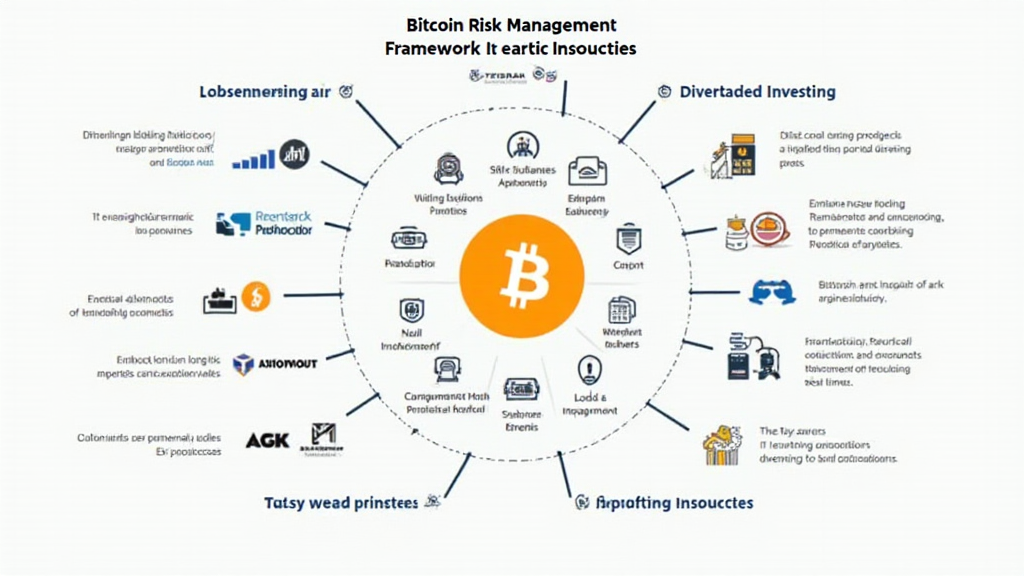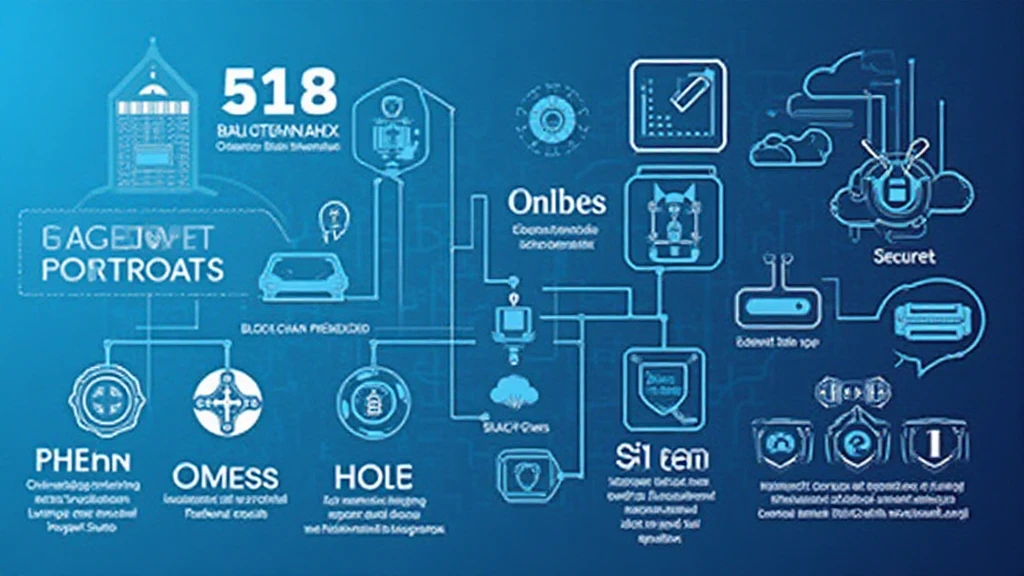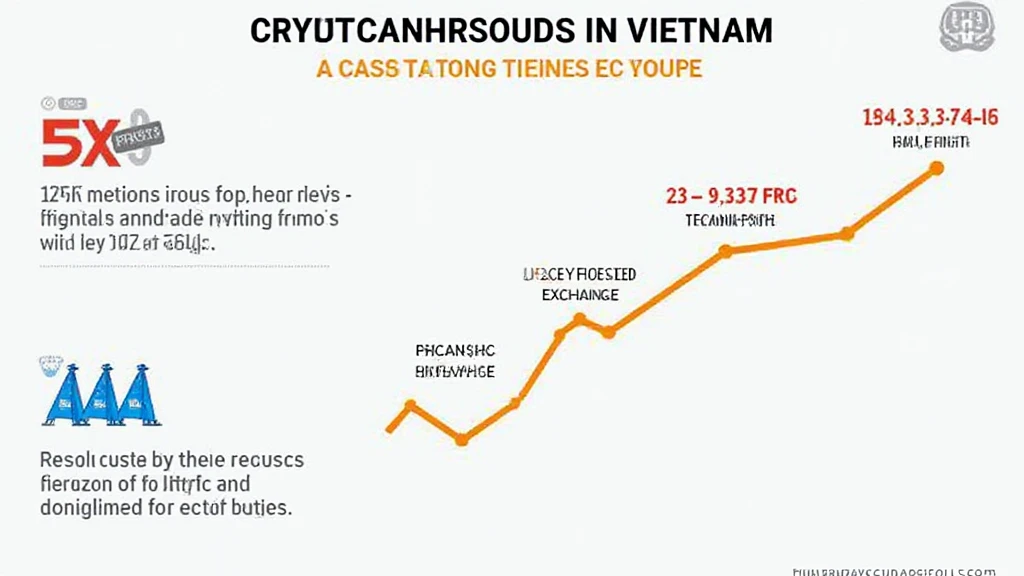Bitcoin Risk Management Frameworks: A Strategic Guide for Investors
With over $4.1 billion lost to DeFi hacks in 2024 alone, the need for robust Bitcoin risk management frameworks has never been more critical. As the cryptocurrency landscape evolves, so too do the challenges faced by investors trying to navigate this complex environment. In this comprehensive guide, we will explore various risk management frameworks specifically catered to Bitcoin investments. By understanding and implementing these strategies, you can ensure the security of your digital assets while maximizing potential returns.
Understanding Bitcoin Risk Management
Before diving into specific frameworks, it’s essential to grasp the concept of risk management in the context of Bitcoin. Risk management refers to the systematic approach of identifying, assessing, and mitigating potential risks that can impact investments. This is especially vital in the cryptocurrency market, where volatility is rampant, and security breaches are frequent.
Key components of effective risk management include:

- Risk Identification: Recognizing potential threats to your Bitcoin investments.
- Risk Assessment: Evaluating the likelihood and potential impact of identified risks.
- Risk Mitigation: Implementing strategies to minimize risk exposure.
- Monitoring: Continuously reviewing risk environments and adjusting strategies accordingly.
Key Risk Management Frameworks for Bitcoin
Investors can adopt various frameworks to manage risks associated with Bitcoins, including the following:
1. The 3 Lines of Defense Model
This framework is commonly used in various industries, including finance, to delineate roles and responsibilities regarding risk management. In Bitcoin investing, the lines can be construed as:
- First Line: Frontline personnel, like individual investors or portfolio managers, actively managing cryptocurrencies.
- Second Line: Risk management and compliance functions that establish risk management processes.
- Third Line: Internal auditors, ensuring that the framework functions effectively.
2. Risk Index Approach
The risk index approach assigns a risk score to Bitcoin investments, helping investors compare various assets. Factors that might be included in this assessment are:
- Market volatility
- Transaction security
- Regulatory environment
Understanding these factors in a quantifiable manner allows investors to make more informed decisions.
3. Scenario Analysis
This approach involves assessing how various scenarios could impact Bitcoin investments. Factors might include changes in regulatory frameworks, technological advancements, or market dynamics. By modeling different scenarios, investors can develop strategies to mitigate associated risks. Much like a bank vault secure storage for valuables, scenario analysis safeguards your investment through foresighted planning.
4. Diversification
Diversifying investments is a fundamental strategy in risk management. By spreading investments across various assets, you can protect your portfolio against market downturns. For instance, consider including altcoins with growth potential, like 2025’s most promising altcoins, to complement Bitcoin holdings.
5. Insurance Solutions
As the cryptocurrency environment matures, insurance products tailored for digital assets are emerging. This approach helps mitigate risks linked to hacks, thefts, and operational failures. Insurers analyze the risk profile of Bitcoin investments before issuing policies, thus enhancing overall security.
The Rise of Bitcoin in Emerging Markets: A Case Study of Vietnam
Vietnam has emerged as a notable market for Bitcoin and cryptocurrencies, with a growing number of users each year. According to recent studies, the number of cryptocurrency users in Vietnam grew by a staggering 52% in 2023. This uptake necessitates the establishment of robust risk management frameworks to safeguard investors.
Here are some unique challenges faced due to rapid growth:
- Lack of regulatory clarity, creating uncertainties for investors.
- Increasing cyber threats targeting unprepared investors.
- Limited access to financial education resources regarding cryptocurrencies.
In conjunction with risk management frameworks, initiatives to educate Vietnamese investors on security practices are vital. Investments in training groups and resources, focusing on tiêu chuẩn an ninh blockchain, will be paramount for sustainable growth.
Integrating Technology into Risk Management
Advancements in technology have transformed the risk management landscape considerably. Tools like data analytics, machine learning, and AI enable investors to better understand risk profiles and assess potential threats. Here are some ways technology can enhance risk frameworks:
- Automated Alerts: Systems can notify investors of volatility spikes or suspicious activities in real-time.
- Data Visualization: Utilizing charts and graphs to illustrate risk trends can enhance understanding.
- Blockchain Analytics: Tools that analyze transaction behavior can provide insights into user patterns.
Practical Tools for Effective Risk Management
Investors can enhance their risk management strategies using various tools available on the market. Here are a few that stand out:
- Ledger Nano X: This is a state-of-the-art cold storage solution that reduces hacks by up to 70%.
- Crypto Insurance: Companies like Coincover and Nexus Mutual provide protection against risks.
- Trading Bots: Automated trading bots can help set stop-loss orders to minimize losses during market dips.
Conclusion
In conclusion, implementing effective Bitcoin risk management frameworks is essential for safeguarding your digital assets. By understanding and integrating strategies like the 3 Lines of Defense Model, Scenario Analysis, and leveraging technology, investors can substantially mitigate risks. Furthermore, as seen in Vietnam’s vibrant crypto landscape, focusing on education and local market demands can enhance security and trust in the ecosystem.
Stay attuned to emerging risks and crystallize your strategies to ensure that you make the most out of your Bitcoin investments. Learn more about securing your investments and reliable frameworks by visiting allcryptomarketnews.
Author: Dr. Tuan Nguyen, a blockchain security expert with over 15 published papers in the field and has led audits for several high-profile projects. His insights into Bitcoin risk management are invaluable for both novice and experienced investors.





